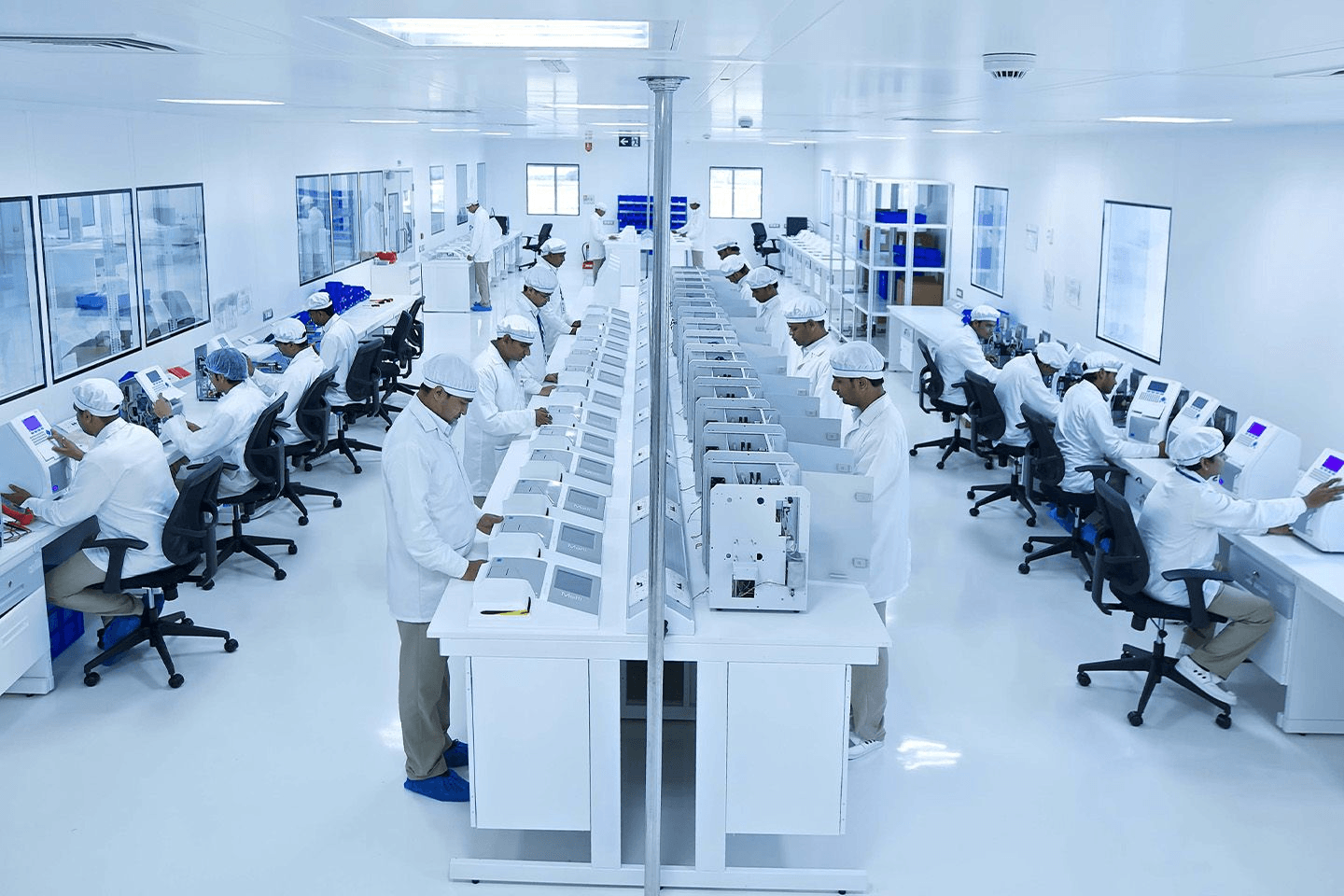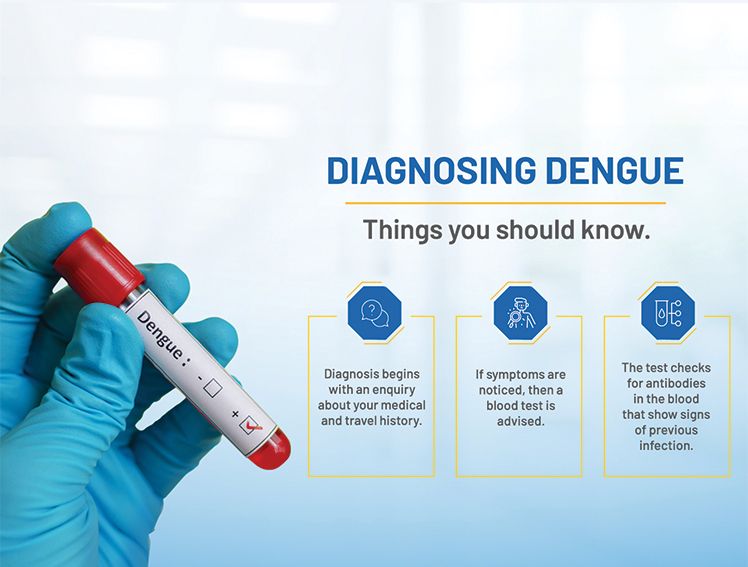
Introduction
Automation in the laboratory is using computer hardware with software and other machines and technologies to carry out tasks that are otherwise carried out by human resources. Automation could be partial lab automation (where a particular process is automated and the need for human intervention may arise during the process) or workflow automation (where the entire assays are automated, i.e., various processes are linked, and multi-data is fed at a time with no human intervention till the results are arrived at). Automated technology has a significant role in the pre-analysis, analysis, and post-analysis of diagnostic phases, providing scope for more precise, error-free, prompt, and accurate diagnostic information and analysis for healthcare providers.
In this blog, we will discuss the meaning of Biochemistry analyzers, their application, benefits, and their evolution with laboratory automation.
What is Biochemistry Analyzer?
Biochemistry Analyzer is a medical diagnostic equipment used to measure the concentration of various components and chemicals in blood, cerebrospinal fluid, urine, plasma, and serum. The device is used to study, evaluate, and analyze the chemical composition of the test samples. It helps healthcare professionals in the diagnosis of various diseases and illnesses to address them timely through proper treatment. The various tests conducted by these analyzers are lipid tests, kidney function tests, blood glucose tests, liver function tests, and other biochemical tests. Biochemistry analyzers have increasingly been used in clinical laboratories, hospitals as bedside equipment and point of care (POC) by physicians.
Reasons for the wide use of Biochemistry Analyzers in Clinical Diagnosis
The increased practicality, efficiency, and accuracy associated with automated biochemistry analyzers, their need, and use in the clinical laboratory are gaining momentum. Some reasons for biochemistry analyzers' wide acceptance and deployment in clinical diagnosis can be summarized below. The wide use of these diagnostic devices is attributed to their-
- Prompt, timely, accurate and precise results.
- Time and energy saving tasks.
- Increased efficiency and improved patient care.
- User-friendly applications.
- Error-free processes and results by reducing human intervention.
Enhanced productivity and scaling.
Thus, with their accurate and precise results, biochemistry analyzers are a vital reference for healthcare providers to monitor and timely diagnose diseases and ailments. This further enables prompt treatment of the patients and hence improved patient outcomes.
Evolution of Biochemistry Analyzers
- The first generation of biochemistry analyzer, the spectrophotometer, was a simple device with simple operation using ultraviolet, infrared, and laser light to measure the components in the biological process. This instrument was manually operated, provided direct reading, and used cheap reagents. However, it was susceptible to human error and could not measure multiple items and the concentration value.
- The invention of semi-automated analyzers resulted from the need to design an alternative to reduce error and carry out more than one task at a time. As the name suggests, these instruments need partial human intervention, eliminating the need for manual handling by calculating the content in the sample directly. With more compact and easier-to-operate features, semi-automated analyzers provided flexibility, mobility, and ease of operating with other instruments. However, human error in testing was still a major concern.
- The third-generation analyzers fully automated the whole testing process from start to finish while eliminating the need for human intervention. These fully automated biochemistry analyzers provide prompt, error-free, quality, and efficient working and testing with speed and automation.
Thus, with fully equipped laboratories providing sparse human intervention, biochemistry analyzers have acquired more sophisticated, specific, integrated, and highly sensitive features that make clinical testing more open, rationalized, cutting-edge, and cost-effective
Role of Technology in the Evolution of Biochemistry Analyzers
With computer hardware and software programming integrating and the advent of technological innovations, wearable devices, biosensors, and internet-based monitoring systems, clinical diagnostics has become remotely accessible and manageable. Fully automated biochemistry analyzers have come a long way in addressing the ever challenging and changing clinical testing needs. These medical diagnostic devices are growing fast paced and emerging as a vital component in fostering the in vitro diagnostic industry.
Biochemistry analyzers have evolved from-
- Being manually operated to fully automated.
Performing limited testing to comprehensive and multitask testing. - Floor standing model with large workspace requirement to mobile and flexible benchtop models.
- Being used in large laboratories to its use as a POC in physician clinics or bedside devices in hospitals and now as a remote diagnostic alternative, fully automated biochemistry analyzers are no more just a choice but a need in clinical testing and diagnosis.
- Fixed automation (device performing one repetitive task) to programming automation (device performing various tasks).
- Large models to smaller footprint models, automated analyzers are capturing a major market in the diagnostic industry.
Computer-based remote technology (connecting hardware with server), smart card-based technology (integrating programs to provide complete solutions), and rack sampling technology (allowing uninterrupted sample loading without disturbing the process) are a few trends that have brought magnanimous shifts in clinical testing and diagnosis.
From Meril
- 400i/Supremus with Grating
Autoquant 400i/Supremus is a next-generation automated biochemistry system to meet the needs of high-end laboratories. It is a closed system reagent with calibrators and controls with viable software, including 400 tests/hour throughputs. This System can handle a workload of a medium to high throughput laboratory. - AUTOQUANT 200 Excelus®
Autoquant 200 Excelus® is a user-friendly, fully automated analyzer with a throughput of 200 tests per hour. It is a compact model with inbuilt laundry and cooling facility for Reagents. The System is ideal for a medium size laboratory for routine tests and as a backup for bigger laboratories.
The Challenges in Clinical Diagnosis
However, in these changing times, the healthcare needs of the patients are ever-changing, and stepping up to these needs and ensuring cost-effective diagnostic alternatives is one of the challenges laboratories and clinicians face. Furthermore, mechanization and standardization do ensure consistency, accuracy, and error-free clinical results, but the challenge faced by the healthcare fraternity is the need for harmonization of the clinical processes. Variable results due to different biomarkers and range fields cause confusion and difficulty to healthcare professionals in diagnosing patients and technology. Still, automation shall find a viable solution in the coming days.
Final Note
With this, we may sum up that biochemistry analyzers have evolved from simple manual-driven devices to fully automated and mechanized ones, eliminating human intervention and enabling efficient, high-quality, prompt, accurate, and reliable testing results. Medical diagnostic devices are constantly evolving with automation to meet the challenges of clinical testing and diagnosis.
SHARE NOW



